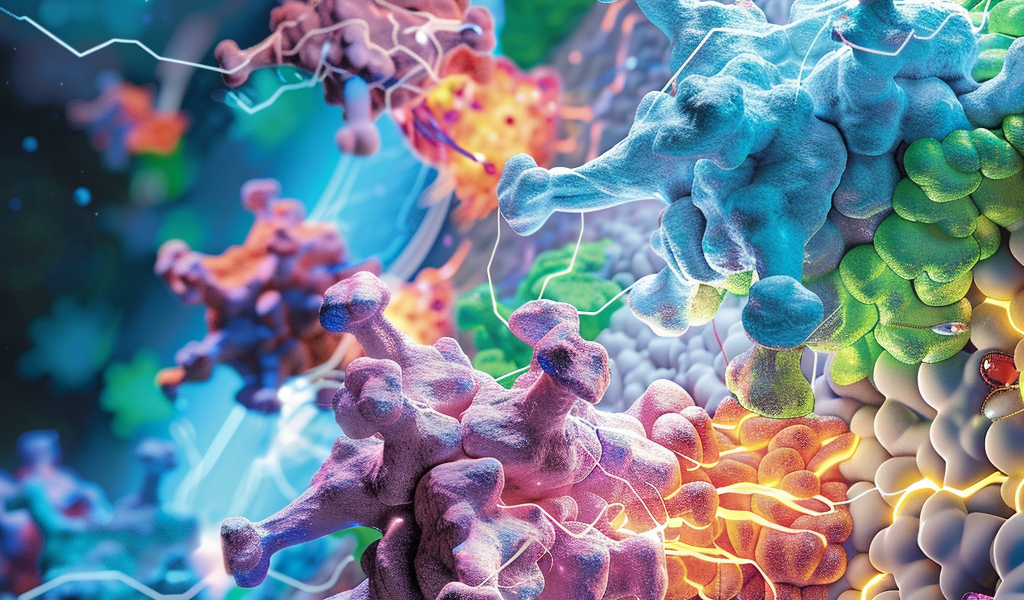Understanding Cellular Transport: A Breakthrough in Predicting Transport Protein Functionality
In the intricate world of cellular biology, transport proteins play a crucial role in maintaining the life and functionality of cells. These proteins are responsible for the continuous movement of various substrates in and out of biological cells, ensuring that essential materials enter while harmful substances are kept at bay. However, determining the specific substrates that each transport protein can handle has long posed a significant challenge for scientists.
Researchers at Heinrich Heine University Düsseldorf (HHU) have made a groundbreaking advancement in this field by developing a novel model known as SPOT (Substrate Prediction for Transporters), which utilizes artificial intelligence (AI) to predict the substrate specificity of transport proteins with remarkable accuracy. This innovative approach has been detailed in a recent publication in the esteemed journal PLOS Biology.
Transport proteins, often referred to as transporters, are embedded within the cell membrane and consist of a complex arrangement of amino acids that fold into a unique three-dimensional structure. Each transporter is specifically designed to facilitate the movement of a particular molecule or a select group of molecules, known as substrates. The challenge lies in identifying which substrates correspond to which transporters, a process that has traditionally required extensive experimental validation.
According to Professor Dr. Martin Lercher, who leads the Computational Cell Biology research group at HHU and is the corresponding author of the study, the experimental determination of transporter-substrate pairs is a cumbersome and often imprecise endeavor. The difficulty in resolving the three-dimensional structures of transporters further complicates the identification of their substrate partners.
The SPOT model aims to streamline this process by leveraging AI to analyze the characteristics of transport proteins more efficiently. By inputting data regarding the structure and composition of various transporters, the model can predict potential substrates they may transport. This predictive capability not only enhances our understanding of cellular transport mechanisms but also has potential implications for various fields, including pharmacology and biotechnology.
One of the significant advantages of the SPOT model is its versatility; it can be applied to a wide array of transport proteins, making it a valuable tool for researchers across different domains of biology. The ability to predict substrate interactions without the need for exhaustive experimental testing could accelerate discoveries in cellular biology and related disciplines.
This development comes at a time when the scientific community is increasingly focused on understanding the complexities of cellular functions and the molecular interactions that underpin them. The ability to accurately predict how transport proteins operate could lead to advancements in drug delivery systems, where targeted transport of therapeutic agents into cells is essential for efficacy.
As the research community continues to explore the vast landscape of cellular transport, the introduction of AI-driven models like SPOT represents a significant leap forward. By harnessing the power of technology, scientists are better equipped to unravel the mysteries of cellular mechanisms and pave the way for innovative solutions to biological challenges.
In summary, the advancements made by the team at Heinrich Heine University Düsseldorf highlight the potential of artificial intelligence in biological research. The SPOT model not only provides a new avenue for understanding the specificity of transport proteins but also opens doors for future research and applications in various scientific fields.





